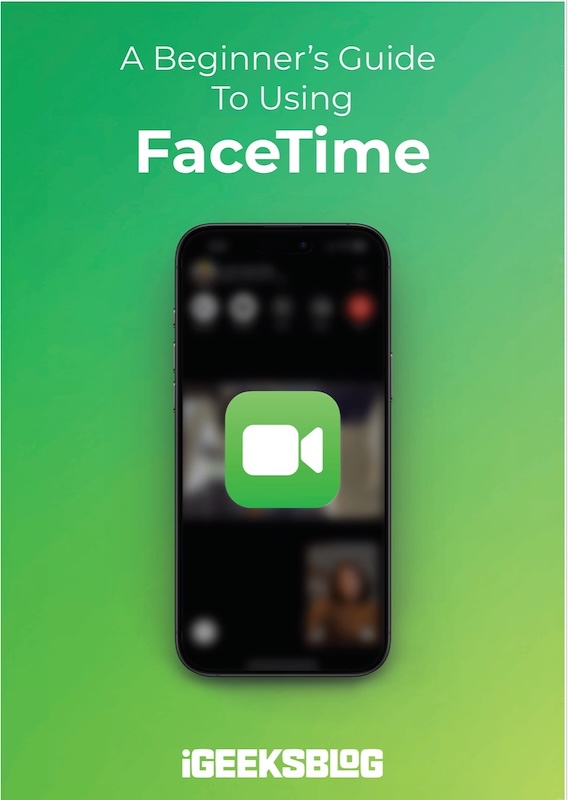
FaceTime Like a Pro
Get our exclusive Ultimate FaceTime Guide 📚 — absolutely FREE when you sign up for our newsletter below.

FaceTime Like a Pro
Get our exclusive Ultimate FaceTime Guide 📚 — absolutely FREE when you sign up for our newsletter below.
Apple has unveiled macOS 26 Tahoe with major upgrades—but not all Macs can run it. Here’s the full compatibility list and what to do if yours isn’t supported.
Apple has officially unveiled macOS 26, now known as macOS Tahoe. This latest macOS update introduces a fresh visual design, enhanced Spotlight and Shortcuts, deeper Continuity features, and tighter integration with Apple Intelligence. But not all Macs will be able to run this exciting update.
In this article, I’ll walk you through the full list of Mac models compatible with macOS 26 Tahoe, highlight which models are left behind, and explain what your options are if your device isn’t supported.
Apple continues to move away from Intel processors, pushing its Apple Silicon strategy forward. As expected, macOS 26 drops support for several older Macs, especially those without T2 chips or Apple Silicon.
Here’s the complete list of Mac models that support macOS Tahoe:
MacBook Pro:
MacBook Air:
Mac Studio:
Mac Pro:
Mac Mini:
iMac:
If you’re using one of the following Macs, macOS Sequoia will be your last supported major OS:
These models lack the Neural Engine required to run newer AI-powered features and fall short of the performance needed for macOS 26.
Related Post: How to Install macOS Tahoe Developer Beta
Apple’s transition to Apple Silicon, which began in 2020, is now nearly complete. macOS 26 is built to take advantage of the Neural Engine and unified memory architecture in M-series chips.
Here’s why older Macs are left out:
Apple is encouraging users to upgrade by phasing out Intel support gradually, without making those devices obsolete.
If your Mac didn’t make the list, here are your options:
To check your Mac model, click the Apple logo → About This Mac.
macOS 26 Tahoe brings a modern design, better Spotlight, more automation, and deeper integration with Apple Intelligence. But to experience it all, you’ll need a supported Mac—preferably with an M1 chip or newer.
If you’re due for an upgrade, now might be the perfect time to step into the Apple Silicon era.